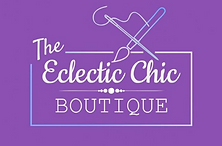An Ally’s Guide to the Pride Flags

Dust off that sequin vest and bedazzled fedora, because Pride Month is upon us! Time once again to celebrate the cultural liberation of those who were once forced to live their lives in secret and shame. Thanks to the hard work of activists and allies, more people than ever can stand up and say: “I’m here. I’m queer, get used to it!” With all of this fast-moving social progress, it can be difficult to keep up with the most recent colors and flags of queer iconography. To help keep things straight (if you’ll pardon the turn of phrase) we’ve created a guide to the most common pride flags, along with the meaning behind their colors.
6-Color Pride Flag
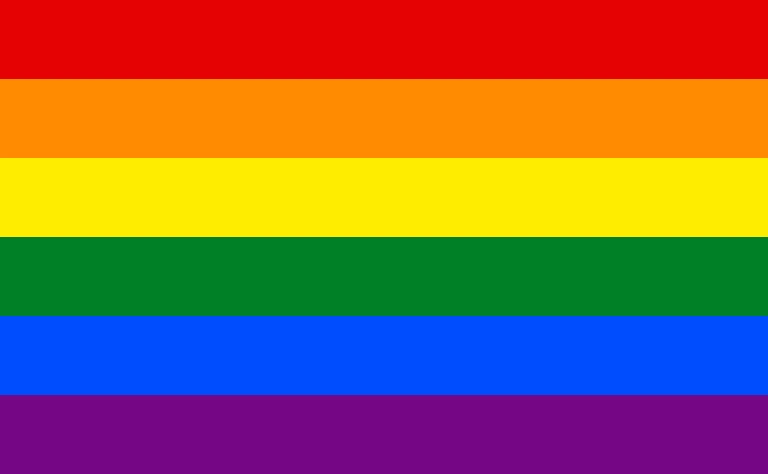
The most common flag type, created by queer-rights activist Gilbert Baker. Each of the colors of the flag has symbolic meaning:
- Red: Life
- Orange: Healing
- Yellow: Sunlight
- Green: Nature
- Indigo: Serenity
- Violet: Spirit
The design of the flag was finalized in 1979, and has been mass-produced since the 80s. Nowadays, it’s more commonly used to evoke queer liberation as a general concept, rather than to show support for a more specific group within the “queer” umbrella term.
Progress Pride Flag

An updated version of the classic 6-color flag, designed by Daniel Quasar in 2018. It was created to highlight the diversity within the queer community. The additional colors signify the following groups:
- Pink, Light Blue, & White: The Trans Community
- Black & Brown: People of Color*
- Yellow with a Purple Circle: Intersex
*This wasn’t to say that being a Person of Color qualifies as a “queer” identity, but rather to acknowledge the acceptance of PoC who also happened to be queer, as people of that particular demographic intersection have historically been marginalized within the movement.
The shape of these new colors, an arrow, is meant to signify the march of progress. It’s designed to function as the most inclusive version of a Pride Flag, and it’s entirely possible that it will be updated in the future.
Nonbinary Pride Flag

Representing the Non-Binary Community (Individuals whose identity is not exclusively Male or Female) created in 2014 by nonbinary activist Kye Rowan. The colors of the flag have the following meanings:
- Yellow: Gender outside of the Male/Female binary
- White: Those with multiple genders
- Purple: The combination of Masculinity and Femininity
- Black: Those without a gender (Agender)
Bisexual Pride Flag

Designed in 1998 by activist Michael Page, it represents people who experience both same-sex and opposite-sex attraction. The colors are as follows:
- Pink: Same-Sex Attraction
- Blue: Opposite-Sex Attraction
- Purple: The combination of both
Lesbian Pride Flag
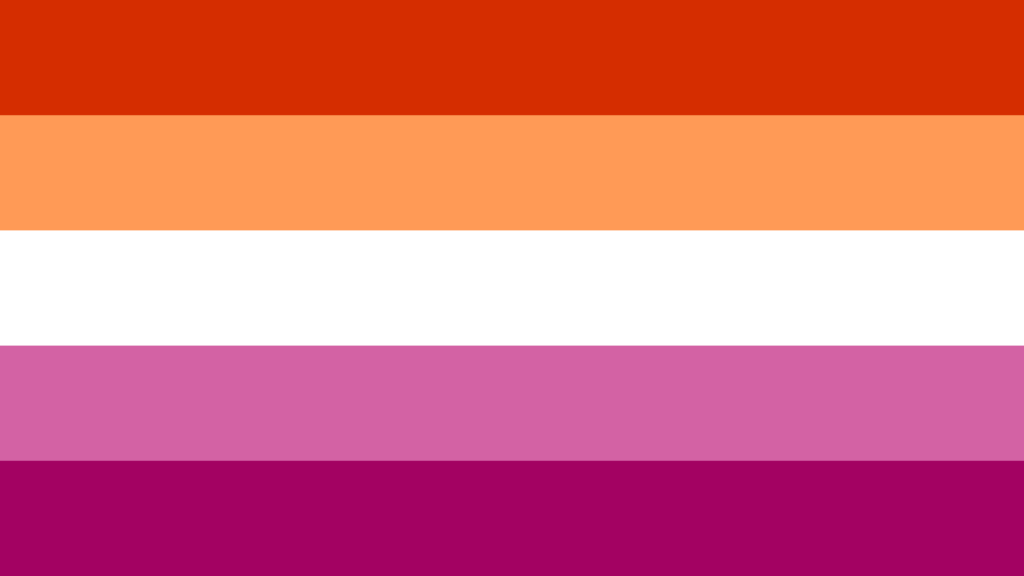
While Lesbians were accepted into the LGBTQ movement fairly early on (they do get top billing in the acronym) they lacked a universally recognized individual symbol. This changed in 2018, when Emily Gwen designed the Lesbian Pride Flag. The colors have the following meanings:
- Red & Pink: Love and Attraction to Women
- Orange: Community
- White: Intersexuality
Gay Men’s Pride Flag
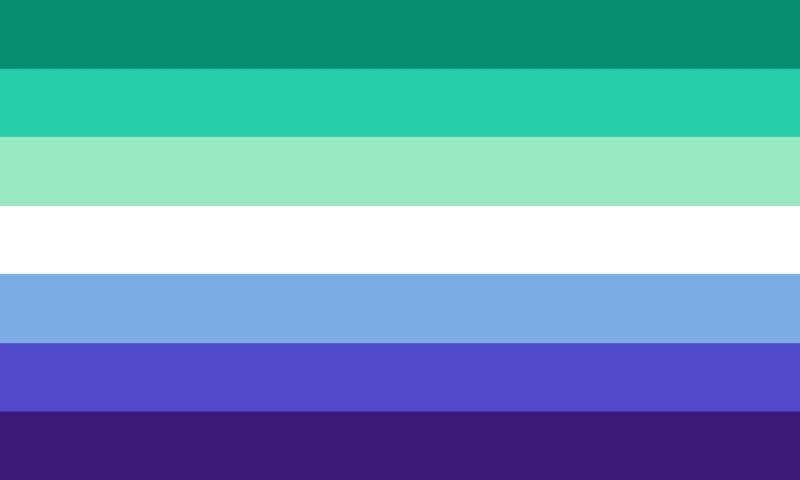
As the meaning of the traditional rainbow flag shifted to refer to the Queer Community as a whole, it was decided that Gay Men (men who experience same-sex attraction) could use a dedicated pride flag of their own. It was designed in 2019 by a Tumblr user (which is either the most surprising and least surprising detail, depending on your perspective). The meaning of the colors is as follows:
- Green & Turquoise: Community and Healing
- White: Gender Non-Conforming, Trans, and Non-Binary
- Blue: Love, Diversity and Fortitude
Asexual Pride Flag
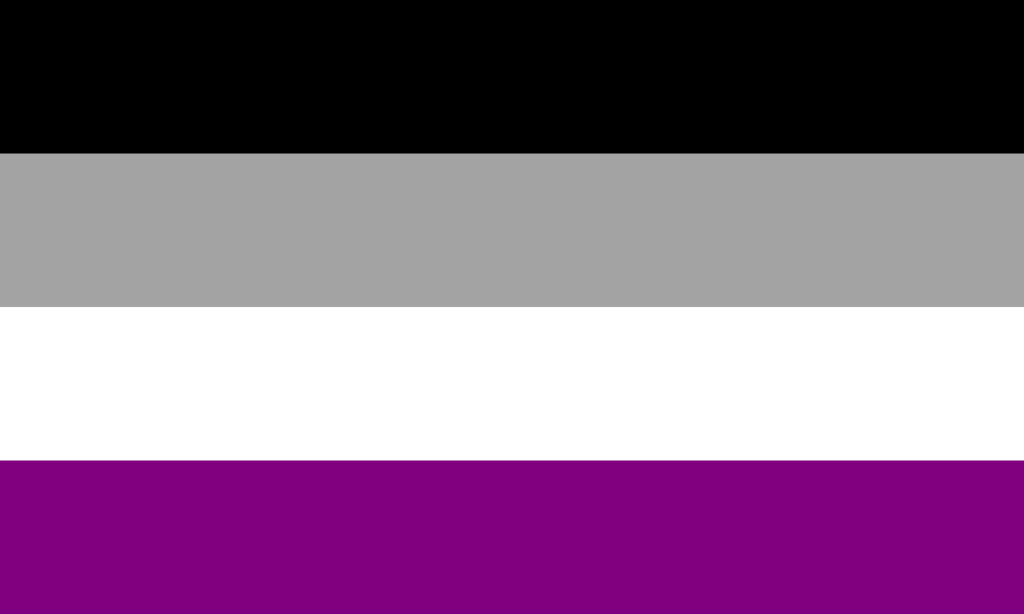
Representing those who experience little to no sexual attraction. They are considered part of the Queer Community, as their sexuality falls outside of the Heterosexual Binary. Designed in 2010 by asexual activist and artist David Jay. The colors represent the following:
- Black: Asexuality
- Gray: Ace and Demisexual Identities
- White: Sexuality
- Purple: Community
Pansexual Pride Flag
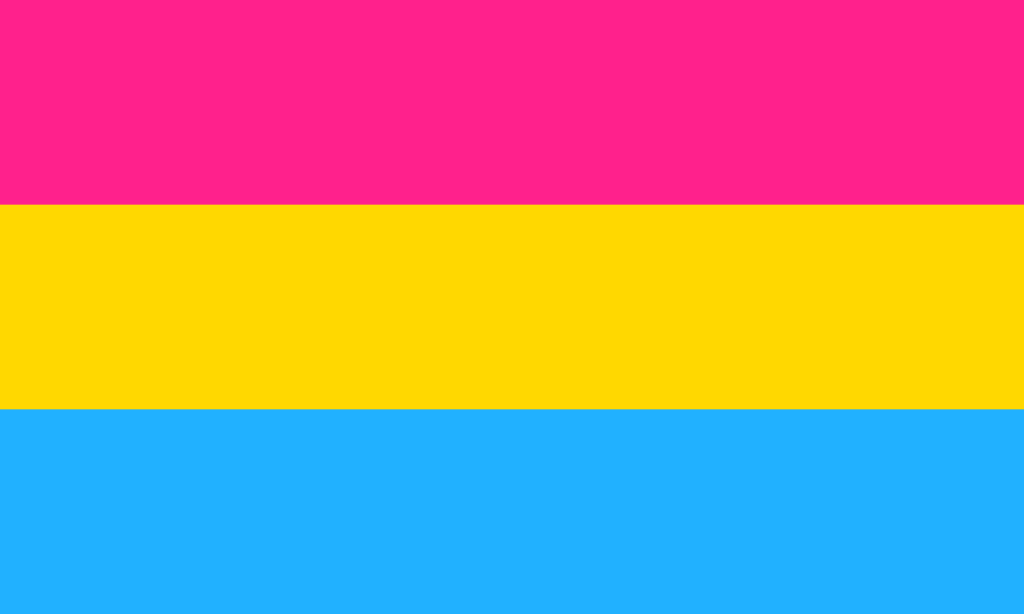
Designed by graphic designer and activist Evie Varney in 2010, it represents individuals who experience sexual attraction largely irrespective of gender expression. The colors represent the following:
- Pink: Attraction to Women
- Blue: Attraction to Men
- Yellow: Attraction to all other genders, including Non-Binary
Polysexual Pride Flag

Polysexuals are people attracted to multiple genders, but not All genders. The flag was designed by a Tumblr user known only as “Samlin” in 2012. The meaning behind the colors is as follows:
- Pink: Attraction to Women
- Blue: Attraction to Men
- Green: Attraction other genders, including Non-Binary
Trans Pride Flag
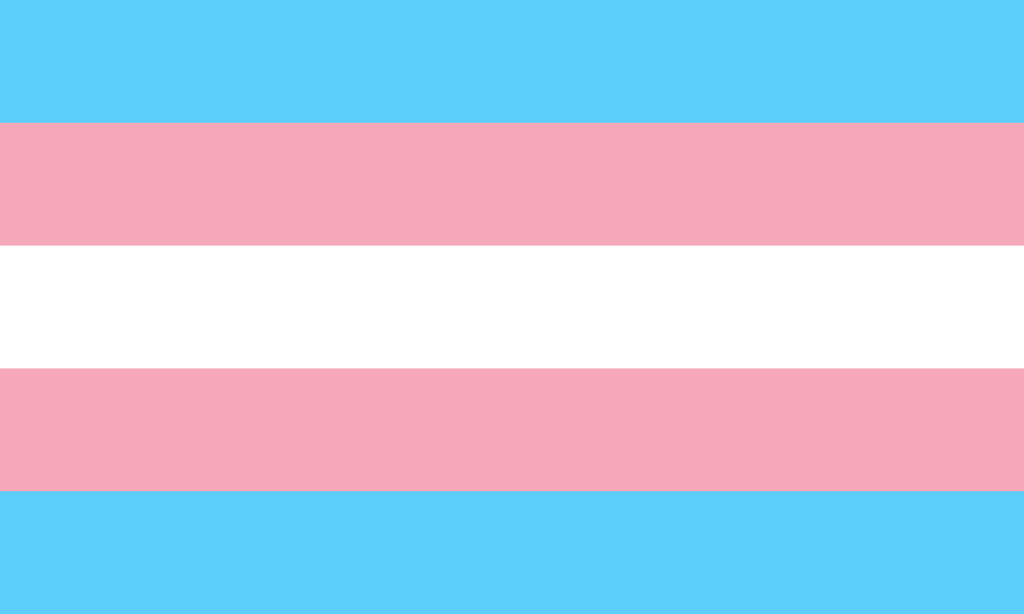
Designed by activist Monica Helms in 1999, it represents people whose gender identity differs from their assigned sex. Its 5 horizontal stripes represent the following:
- Light Blue: The traditional color for Baby Boys
- Pink: The traditional color for Baby Girls
- White: Non-Binary and Gender Non-Conforming*
*Non-Binary people fall under the Trans umbrella, because their gender identity is different from their assigned sex.
Aromantic Pride Flag
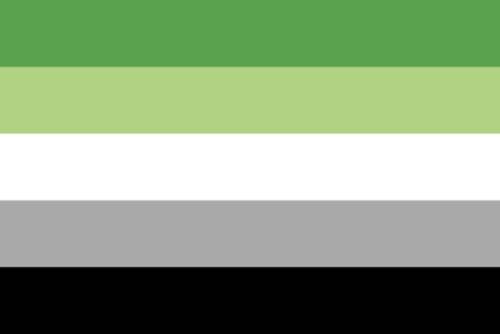
It represents people who experience little to no romantic attraction (not to be confused with Asexual). The flag was created in 2015 by Tumblr user “cameronwhimsy”. The meaning of the colors are as follows:
- Green & Light Green: The spectrum of Aromatic Expression (Green is opposite Red, the color of “love”, on the color wheel)
- White: Platonic Relationships
- Gray & Black: Other Sexualities
Genderfluid Pride Flag
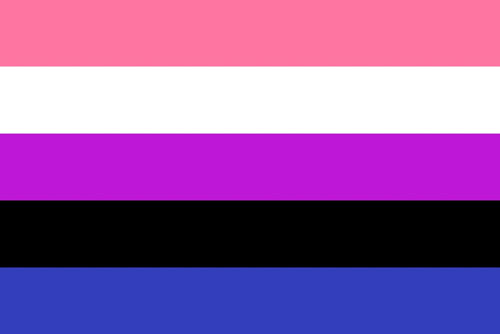
Genderfluid is an umbrella term for various gender identities that fall outside of the typical male/female binary. It was created in 2012 by Tumblr user JJ Poole. The meaning behind the colors are as follows:
- Pink & Blue: Femininity and Masculinity (Individually)
- Purple: The fusion of Feminine and Masculine
- Black: Those without gender
- White: All genders
Agender Pride Flag
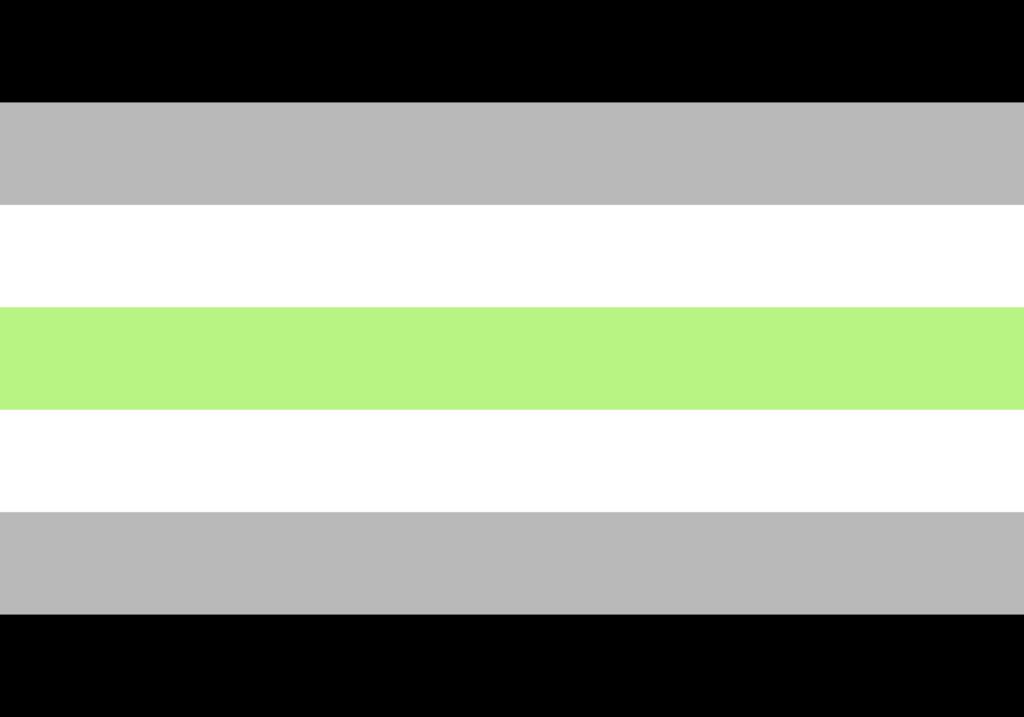
Designed in 2014 by Tumblr user Salem X, it represents people who don’t identify as having a gender of any type. The colors represent the following:
- White & Black: Absence of Gender
- Gray: Semi-Genderless
- Green: Non-Binary
Conclusion
We hope that you found this guide helpful. If you’re interested in pride gear for your next pride event, check out our LGBTQAI+ product section.
